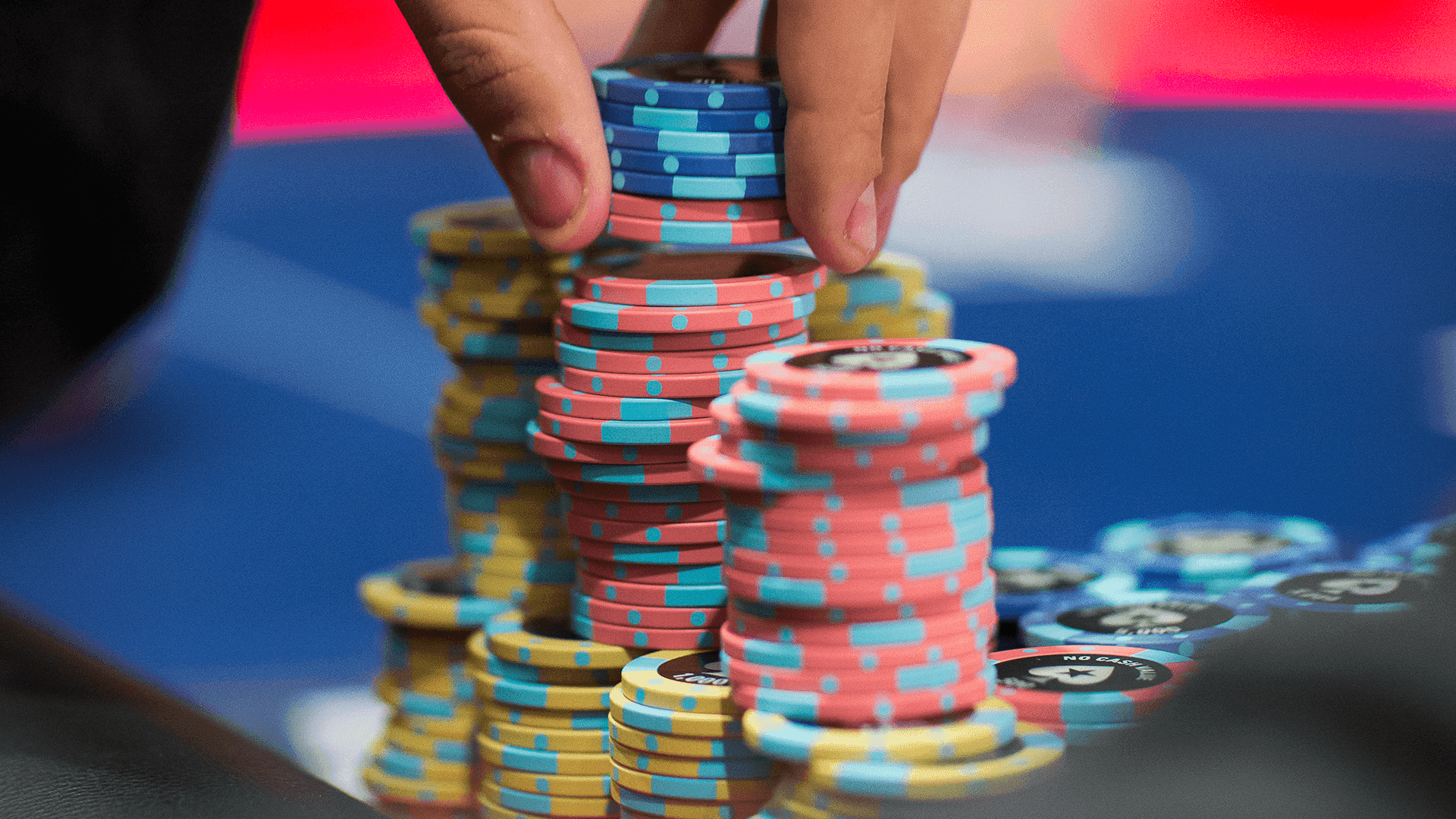 In the first article, we will discuss a fairly simple poker math concept – pot odds. Understanding and applying this concept correctly will make decisions at the table easier and help you play more profitably.
In the first article, we will discuss a fairly simple poker math concept – pot odds. Understanding and applying this concept correctly will make decisions at the table easier and help you play more profitably.
Definition and Calculation of Pot Odds
You can watch the full video here: https://pokeriomokykla.com/video-pamokos/pot-odds-skaiciavimas-ir-keli-praktiniai-patarimai
Pot odds – the ratio of the opponent's bet to the current pot. This term is often used to describe a situation where you need to call an opponent's bet without having a pair but having some kind of draw that can beat the opponent's hand. For example:
Pot: 100 chips
Opponent's bet: 33 chips
Hand:
Flop:
We don't have any pairs, but we have suitable cards for a Straight combination (5 and T). Would calling the opponent's bet be a profitable decision? Understanding pot odds allows us to easily solve this situation. If we know how many cards we have that can beat the opponent, we can calculate the profitability of the decision.
Common Outs and Given Odds
By calling the opponent's bet with a draw, we can calculate how many suitable cards are left in the deck. Of course, we can never know if any of the players have folded at least one of the suitable cards, so we always calculate as if we have all the outs. Below is a table showing the most common draws, their outs, and the probabilities of hitting them with the next card.
| Draw | Outs | Probability |
| Gutshot | 4 | 8.5% |
| Straight | 8 | 17% |
| Flush | 9 | 19% |
| Straight/Flush | 15 | 31.9% |
Sometimes it may be enough to hit a pair to beat the opponent. In such a case, we add 3 additional outs for each suitable card (6 if both are suitable, 3 if one). Knowing these probabilities, we can easily calculate situations where calling the opponent's bet will be profitable. Below are the most common bet sizes and the given odds.
N.B. When calculating pot odds, we only consider the next card, not both, as we do not know the opponent's actions on the next street. The exception in this situation is all-in on the flop, as we will get both cards for that price.
| Bet | Odds |
| 1/3 | 20% |
| ½ | 25% |
| 2/3 | 29% |
| ¾ | 30% |
| 1 | 33% |
| 1 ½ | 38% |
As we can see by comparing the tables, it seems that we almost never have the odds to call a bet with our draw. Poker is not that simple, and good players will often call both straight and flush draws on the flop with a half-pot bet. Why we can deviate slightly from precise mathematical play and still be profitable will be discussed in the next article – implied and reverse implied odds.





